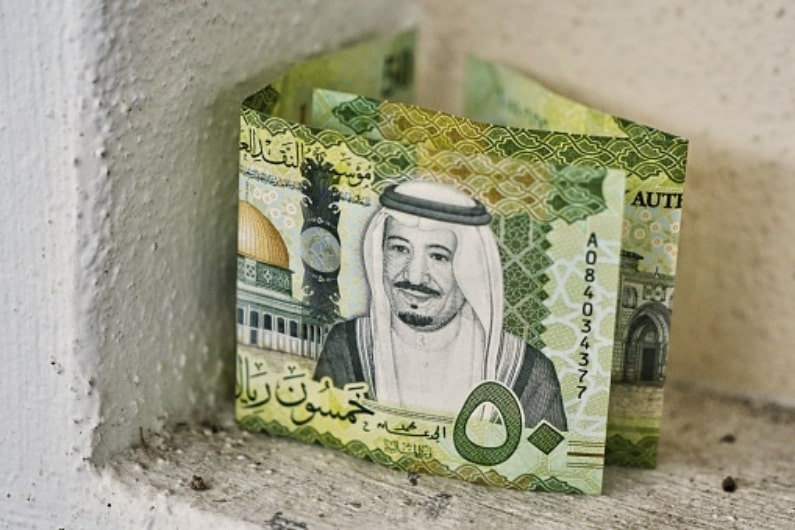On June 8, the Turkish lira experienced a less severe decline of 0.8% compared to the previous day’s significant plunge of 7.2%. Traders noted that the currency was approaching more “normal” levels ahead of the anticipated appointment of a new central bank governor.
During Wednesday’s drop, market participants interpreted it as a signal of authorities loosening their controls on the foreign exchange market. However, the lira stabilized on Thursday, leading some to believe that authorities were taking steps to stabilize the situation by injecting more liquidity.
As of 10:48 GMT, the currency was valued at 23.37 against the dollar. It had previously hit a record low of 23.3965, resulting in a 20% loss year-to-date.
In a cautious indication, Turkey’s five-year credit default swaps (CDS) increased by 34 basis points from Wednesday’s closing, surpassing the 500 mark to reach 516 bps, according to data from S&P Global Market Intelligence.
The previous day’s selloff marked the largest since the historic crash in late 2021, which occurred after the central bank reduced interest rates amid escalating inflation, following President Tayyip Erdogan’s unconventional policies.
Economists suggest that the sharp drop in the lira signifies a shift by Ankara towards a more freely traded currency, though numerous regulations and measures are yet to be rolled back.
Traders believe that the currency should not depreciate to the extent seen on Wednesday, as it is nearing levels where defending it through the use of reserves may not be necessary.
According to Tradeweb data, dollar-denominated bonds maturing in 2040 and 2045 experienced the most significant declines, dropping by 1.2 cents, with other bonds recording similar losses.
In conclusion, the Turkish lira experienced a significant decline followed by a partial recovery on June 8. The initial drop of 7.2% raised concerns about authorities loosening their controls on the foreign exchange market. However, the currency stabilized the following day, suggesting that measures were taken to inject more liquidity and stabilize the situation. The lira’s value stood at 23.37 against the dollar, with a year-to-date loss of 20%. The increase in Turkey’s five-year credit default swaps (CDS) indicates a cautious sentiment among investors. Economists believe that the sharp drop reflects a move towards a more freely traded currency, although regulatory measures are yet to be rolled back. Traders expect the currency to stabilize at current levels, reducing the need for reserve interventions. Dollar-denominated bonds maturing in 2040 and 2045 experienced significant declines during this period. The situation highlights the ongoing challenges and volatility faced by the Turkish economy and its currency.
















